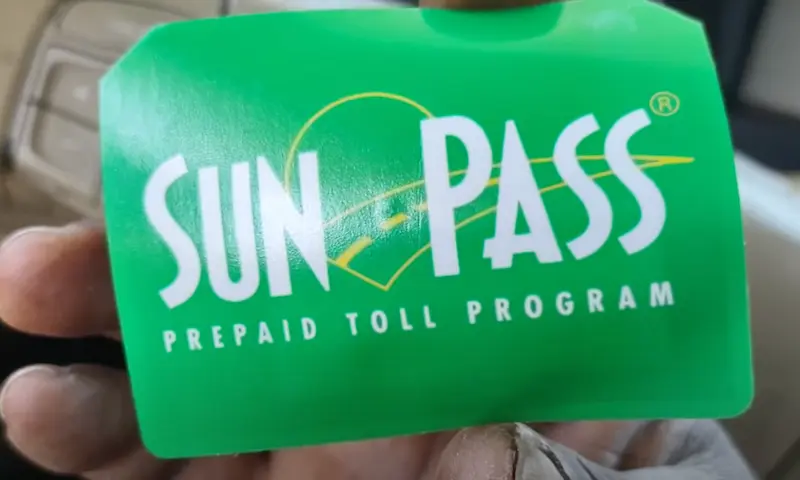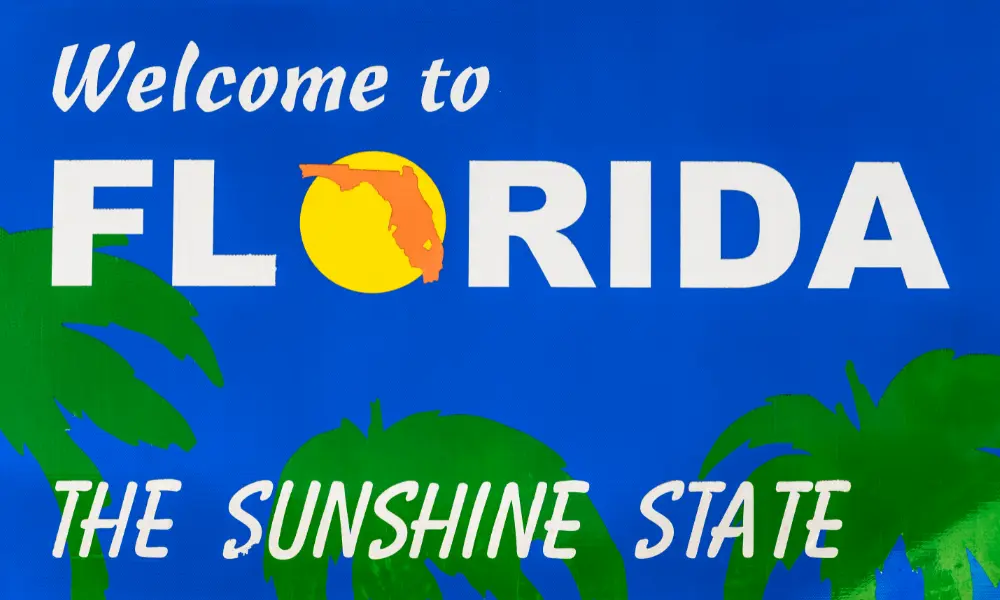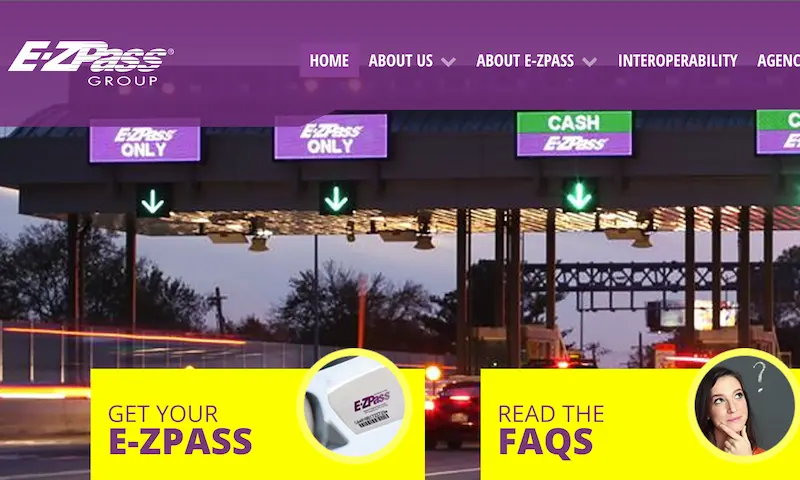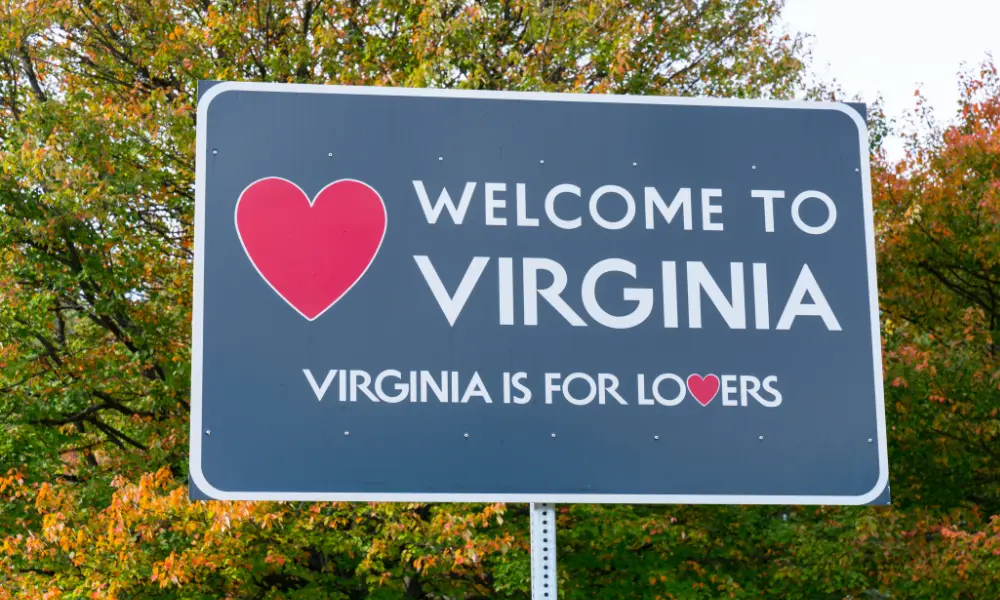Ever received a text message claiming to be from FasTrak about an unpaid toll? Before you click that link or respond, you should know that scammers are increasingly targeting California drivers with sophisticated FasTrak-related phishing attempts. Let’s clear up exactly how FasTrak communicates with customers and help you spot those dangerous fake messages.
How FasTrak Actually Communicates With Customers
FasTrak does have a legitimate text notification system, but it works very differently than what scammers want you to believe.
Opt-In Text Notifications Only
FasTrak only sends text messages to account holders who have specifically signed up for this service. These notifications are strictly informational and focus on basic account updates. If you didn’t manually enable text alerts through your account dashboard, you won’t receive legitimate texts from FasTrak.
“I kept getting these urgent texts about unpaid tolls, but I never enrolled in FasTrak’s notification system. That was my first clue something was fishy,” says Bay Area commuter James Chen.
What Legitimate FasTrak Texts Look Like
Genuine FasTrak text messages:
- Are purely informational (like balance updates)
- Never contain payment links
- Don’t include personal account details
- Don’t use threatening language
A legitimate message might look something like: “TOL: Your account has been charged $12.50 for recent tolls. Current balance: $40.00”
FasTrak’s Official Communication Policies
FasTrak maintains strict protocols for customer communications:
| Communication Method | What They’ll Send | What They’ll Never Send |
|---|---|---|
| Text Messages | Account balance updates, toll notifications | Payment links, threats, personal data requests |
| Account statements, official announcements | Urgent payment demands with short deadlines | |
| Physical Mail | Violation notices, official correspondence | Links to third-party payment sites |
All official FasTrak business routes customers to their secure portal at bayareafastrak.org or their customer service phone line.
The Rising Threat of FasTrak Text Scams
Since late 2024, scammers have ramped up their efforts to exploit FasTrak’s brand recognition through sophisticated phishing campaigns.
How to Spot Fraudulent FasTrak Messages
Fake FasTrak texts typically share several red flags:
- Urgent payment demands – Scammers create false urgency with claims like “Pay by tomorrow to avoid license suspension”
- Legal threats – Messages threaten penalties, court actions, or inflated fines
- Suspicious links – They include shortened URLs or domains that mimic official FasTrak sites
- International origins – Many originate from non-U.S. phone numbers (particularly Philippine country codes)
- Spelling variations – Some scammers misspell “FasTrak” as “FastTrack” to bypass spam filters
“These scammers are getting smarter,” notes cybersecurity expert Malia Wong. “Newer text scams correctly spell ‘FasTrak’ and include just enough accurate information to seem legitimate.”
Real-World Examples of FasTrak Scam Messages
Recent scams documented by NBC Bay Area include texts claiming:
- “Your FasTrak account shows unpaid tolls of $47.50. Pay within 48 hours to avoid license suspension.”
- “FINAL NOTICE: Your toll violation #TX892347 remains unpaid. Click here to resolve before legal action.”
- “FasTrak Alert: Lane violation detected on 01/15/25. Pay penalty fee at [malicious link] to avoid DMV reporting.”
These messages typically direct victims to convincing phishing domains like “fastrak-pay.org” that are designed to steal credit card details and personal information.
Widespread Impact of Toll-Related Scams
The Federal Trade Commission reports that text-based scams cost Americans $8.8 billion in 2022, with toll-related fraud representing a growing portion of these losses.
Geographic Spread of FasTrak Scams
While initially concentrated in the Bay Area, these scams have spread throughout California:
- Northern California: The Golden Gate Bridge Highway and Transportation District has issued multiple warnings about scam texts impersonating their toll collection system.
- Southern California: CBS 8 San Diego documented similar scams targeting drivers in San Diego County, where scammers spoof local customer service numbers.
- Statewide Concern: The Sonoma County District Attorney’s office has issued warnings about these widespread scams.
Similar scams affect toll systems nationwide, including E-ZPass (East Coast) and TxTag (Texas), suggesting coordinated criminal networks.
How to Protect Yourself from FasTrak Scams
Awareness is your first line of defense against these increasingly sophisticated scams.
Clear Warning Signs of Scam Messages
Be immediately suspicious if you receive a text that:
- Comes unsolicited (especially if you’re not a FasTrak account holder)
- Contains generic greetings like “Valued Driver” instead of your name
- Includes links to websites other than bayareafastrak.org or thetollroads.com
- Features poor grammar or unusual phrasing
- Creates urgency with tight deadlines or threats
What to Do If You Receive a Suspicious Text
If you get a text claiming to be from FasTrak:
- Don’t click any links or reply to the message
- Verify independently by logging into your FasTrak account through the official website or calling customer service directly
- Check your account for any actual violations or balance issues through official channels
- Report the scam to authorities (details below)
“The biggest mistake people make is responding to these messages out of fear,” says California Highway Patrol Officer Ramon Garcia. “Even clicking a link can compromise your device or personal information.”
Reporting FasTrak Text Scams
If you’ve encountered a FasTrak text scam, reporting it helps authorities track and combat these threats.
Where to Report Fraudulent Messages
Report suspected scams to:
- The FTC via ReportFraud.ftc.gov
- The FBI’s Internet Crime Complaint Center at ic3.gov
- The California Attorney General’s Office
- FasTrak customer service (forward the message if possible)
If You’ve Already Responded to a Scam
If you’ve already shared payment or personal information:
- Contact your bank or credit card company immediately to freeze transactions
- Monitor your credit report for suspicious activity
- Consider placing a fraud alert through the major credit bureaus
- File a detailed report with the FTC’s IdentityTheft.gov portal
How FasTrak Is Fighting Back Against Scammers
FasTrak has implemented several measures to combat the rise in phishing attempts targeting its customers.
Public Education and Warning Systems
Since April 2024, FasTrak’s website has displayed prominent warnings about text scams. They emphasize that the agency never includes payment links in text communications and encourage customers to verify any suspicious messages through official channels.
Their Twitter account (@BayAreaFasTrak) regularly shares real-time scam alerts and provides guidance on identifying legitimate communications versus fraud attempts.
Security Enhancements
To help protect customers, FasTrak has:
- Implemented optional two-factor authentication for account logins
- Created a notification verification tool in the account dashboard
- Partnered with law enforcement to disrupt phishing networks
- Enhanced website security to prevent credential theft
“We’re constantly evolving our security measures,” states a FasTrak spokesperson in a recent ABC7 news segment. “But customer awareness remains our strongest defense against these scams.”
Understanding Why FasTrak Scams Are So Effective
These scams exploit several psychological levers that make them particularly effective.
The Psychology Behind Successful Scams
FasTrak text scams work because they:
- Target a service used by millions of Californians
- Exploit fear of legal consequences and driving penalties
- Create artificial urgency that bypasses critical thinking
- Appear official enough to seem legitimate
- Feature relatively small dollar amounts that don’t trigger suspicion
“Most people don’t memorize exactly what they’ve paid in tolls,” explains consumer psychologist Dr. Elena Vargas. “When a scammer says you owe $47.50, it sounds specific and plausible enough that many people don’t question it.”
Staying One Step Ahead of Evolving Scams
As scammers refine their tactics, staying informed is crucial for protecting yourself.
Latest Scam Trends to Watch For
Recent evolutions in FasTrak scams include:
- More personalized messages that may include partial plate numbers
- Sophisticated spoofing of official FasTrak phone numbers
- Fake “customer service” representatives who call after text messages
- QR codes that direct to phishing sites
- References to specific highways or bridges you may have recently traveled
“The next generation of these scams will likely incorporate AI to create even more convincing personalization,” warns Newsweek. “Always verify through official channels before taking action.”
Why FasTrak Will Never Text You for Payment
Understanding FasTrak’s actual policies helps you immediately identify scams.
FasTrak’s Official Stance on Text Communications
FasTrak has explicitly stated on their website and in public statements that they will never:
- Send text messages demanding immediate payment
- Threaten legal action via text
- Include payment links in text messages
- Ask for personal information through texts
If you receive any message that contradicts these policies, you can be certain it’s fraudulent.
How Official Toll Violations Are Actually Handled
If you legitimately owe toll money to FasTrak, here’s how they actually handle it:
- Mailed violation notices to the registered address of the vehicle
- Official communications on FasTrak letterhead
- Multiple notices before any penalties
- Clear instructions for official payment methods
- Reasonable timeframes for response (not urgent 24-48 hour deadlines)
How to Use FasTrak Safely in an Era of Scams
You can still enjoy the convenience of FasTrak while protecting yourself from fraud.
Best Practices for FasTrak Account Holders
To minimize your risk:
- Regularly check your account through the official website
- Consider enabling legitimate FasTrak text notifications so you recognize official formats
- Keep your contact information updated
- Use a strong, unique password for your FasTrak account
- Enable two-factor authentication if available
- Save the official customer service number in your contacts for easy verification
Proactive Monitoring Tips
Stay ahead of potential issues by:
- Setting calendar reminders to check your FasTrak balance monthly
- Keeping digital or physical records of toll crossings
- Reviewing your credit card or bank statements for unexpected toll charges
- Signing up for legitimate email notifications from FasTrak
The Bottom Line: Verify Before You Trust
The most important takeaway: FasTrak simply doesn’t conduct important business via text message. Any text claiming urgent toll violations or requesting payment should be treated with extreme suspicion.
Remember that legitimate FasTrak communications will direct you to their official website (bayareafastrak.org) or customer service line. When in doubt, ignore the text completely and check your account through official channels.
As The Toll Roads of Orange County advises: “Never click on links in unexpected messages claiming to be from your toll operator. Instead, manually navigate to the official website you know and trust.”
Stay alert, stay informed, and keep your personal and financial information secure when using California’s toll systems.
















